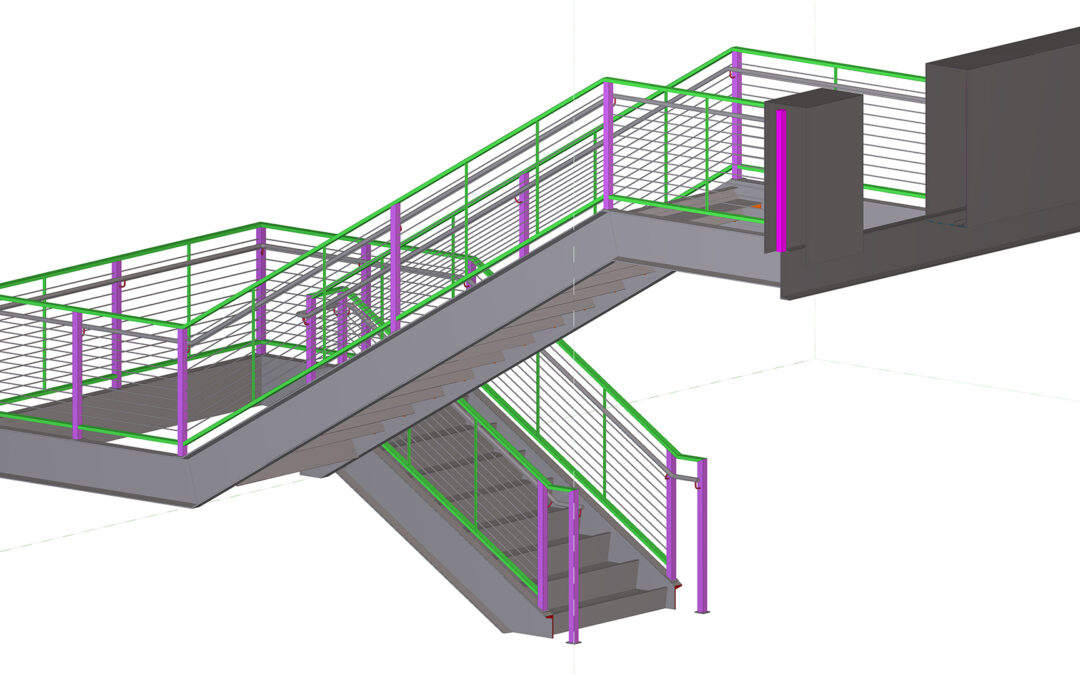Architects and building design engineers have long embraced advanced software tools, including building information modeling (BIM), to generate 3D digital representations. 5D modeling is the newest of these tools, but in an industry that is traditionally slow to embrace change, many contractors and cost estimators have yet to leverage 5D. But for those who are taking the leap and making the investment, the benefits of 5D are clear and tangible.
5D refers to an approach that takes 3D data for all required design components of a project and incorporates two additional dimensions: time-scheduling details and cost information. The resulting 5D picture of the project provides a method for considering the entire project holistically and enabling estimate adjustments in the pre-construction phase and even once work has begun. For example, if a project’s square footage is changed during pre-construction, with 5D, the design cost will automatically be reflected in the estimate based on current material and labor needs.
Previously established best practices for construction-cost estimating included simple quantity takeoffs and manually calculated square-footage rates using Microsoft Excel and 2D modeling. By working with 3D tools, cost estimators can see the same project environment as architects and design engineers, ensuring that nothing is lost with a change in dimensions or format.
The 5D approach takes it a step further by making it possible to quickly identify what is driving a particular cost estimate. For example, if project stakeholders need to better understand the estimated total price for interior doors, a quick review of a 3D model will highlight quantities, providing a clear visual with pricing that can be shared. Estimates garnered using Excel and 2D modeling, however, do not provide this same level of detail or connection to an individual design or material element.
The BIM-based 5D modeling approach to cost estimating has additional benefits as well, including
- detailing design specifications, which then reduces costly rework scenarios;
- minimizing waste and potential delays in under-/over-estimating materials; and
- evaluating a project from multiple perspectives, which often results in more innovative design options and approaches.
Reach out to learn more about this approach and how JLD Cost Consulting can help you leverage 5D modeling.

